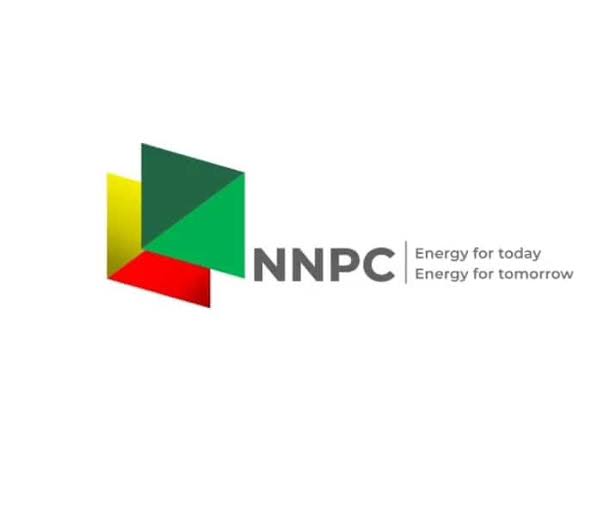
AP – Global oil prices are falling sharply after a retaliatory strike by Israel over the weekend. Prices for crude spiked globally on October 2. The price of benchmark United States (US) crude and Brent crude, the international benchmark, tumbled six per cent on Monday.
US crude fell well below USD70 per barrel. Here’s a look at the current situation and the outlook for oil and gas prices: Brief jump in prices ends as weak demand takes centre stage again The price for US benchmark crude tumbled six per cent on Monday after a weekend retaliatory strike by Israel. That puts the price of a barrel of US crude well under USD70 after it jumped above USD77 earlier this month.
Oil and gasoline prices are each down sharply from their yearly highs in April. A gallon of gas at more than half the pumps in the US can be had for less than USD3, according to energy analysts. Focus has returned to the fundamentals of global energy markets, which this year has been a story of ample supply and falling demand.
A chief driver is slowing economic growth in China, a massive energy consumer. China’s economy expanded at an annual rate of 4.6 per cent in the July-September quarter, down from 4.
7 per cent annual growth in the previous quarter and short of the official target of “about five per cent” growth for 2024. Middle East conflict still roils energy markets, just not as much Prices surged briefly this month. And the OPEC+ alliance, made up of members of the producers cartel and allied countries, have less sway over global prices than say the 1970s, when an oil embargo in 1973 quadrupled oil prices.
The global supply of oil has been altered since then, with the US becoming the world’s largest oil producer. Months of war between Israel and Hamas and Hezbollah did little to boost prices for OPEC and its 12 oil-producing nations. Only the possibility of a direct confrontation between Israel and Iran moved the needle.
It’s the fundamentals The long-term expectation is for oil prices to move lower, not higher. That’s because the balance between supply and demand has tilted toward supply, a dynamic that typically deflates oil prices. In its most recent update on the energy markets, the International Energy Agency said demand for oil in the first half of this year rose by the smallest amount since 2020.
Meanwhile, supplies have continued to increase and the OPEC+ alliance has said it plans to release more oil into the market starting in December. Oil futures rose quickly to start the year and hit USD85 per barrel in April, but it’s been almost all downhill from there and prices at the pump are following along. US gas prices loosely follow crude because the price of oil makes up half the cost of a gallon of gasoline.
.














